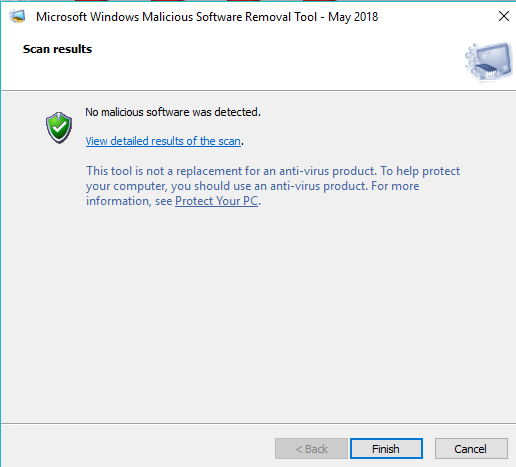
If everything is fine, Windows will run the tool silently in the background without bothering you. This tool checks for specific, widespread types of malware and removes them if it finds them. If you install updates manually, you’ve probably been installing it as part of the manual update process - it’s considered an important update, not just a recommended one.Īfter Windows downloads the newest version of the Microsoft Malicious Software Removal tool, it will automatically run it in the background. If you have your computer set to automatically install Windows Updates, it will be installed automatically. Microsoft releases a new version of this tool on the second Tuesday of every month - in other words, on “Patch Tuesday.” It appears as just another patch in Windows Update. While you may run them in addition to third-party security software, it is generally not recommended to run them exclusively on the system.What is the Malicious Software Removal Tool? That's where Microsoft's Software Removal Tool may come in handy as the installed security solution may not detect or remove all threats that Microsoft's tool supports.īoth programs are not providing the same level of protection that many third-party solutions offer due to their limited threat detection. Windows Defender was designed to deactivate automatically when another security solution is installed. It won't hurt obviously to run the Malicious Software Removal Tool once a month after it has been updated on Patch Day to make sure nothing slipped by. While it is possible to list all the threats that Microsoft's Malicious Software Removal Tool supports, there seems to be no way to do the same for Windows Defender's definitions database.

I'm not sold on that 100% though considering that Windows Defender is listed as an option to detect and remove threats whenever a new MSRT update comes along.


 0 kommentar(er)
0 kommentar(er)
